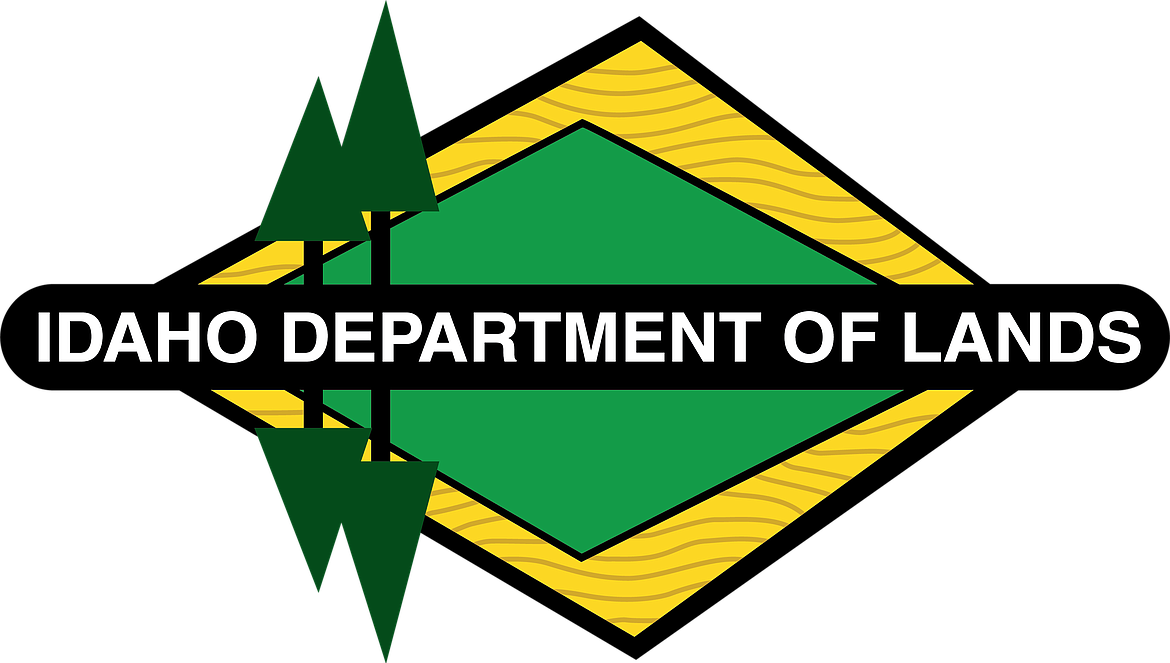Low snowpack, drought put area at higher wildfire risk
As weather experts forecast above normal temperatures nationwide this summer, the risk of wildfires will rise across the country, including in Idaho.
On Tuesday, the Bureau of Land Management and the Idaho Department of Lands gave a fire forecast briefing to the Idaho State Board of Land Commissioners.
East central Idaho near Salmon and southern parts of the Idaho Panhandle are the most vulnerable to wildfire this summer, BLM meteorologist Jim Wallmann told the land board.
While much of the southern part of Idaho had wet winter conditions and steady snowpack, Wallmann said low snowpack and dry summer conditions put those areas at higher wildfire risk.
Idaho also has abnormal fine fuel loading, Wallmann said, meaning there are a lot of natural plants such as cheatgrass and sage that are highly flammable and could contribute to the spread of wildfires.
“Now we get to July, especially in the Snake River plain… Once the perennials dry out and the sage starts to dry and cure, they’ll be able to contribute to fire,” Wallmann said. “Any ignitions that we have could be potentially problematic in areas where there’s grass loading that extends throughout the northern Great Basin.”
So far, 58 acres of Idaho land has burned
As of Tuesday morning, the Idaho Department of Lands counted 50 fires in Idaho this year, making up a total of 58 acres, department fire management chief Joshua Harvey told the land board.
Of that amount, 27 were human-caused fires and seven were natural fires, and many are still under investigation, he said.
Director of the Idaho Department of Lands, Dustin Miller, said that while the department aims to be efficient in its fire suppression efforts, predicting the annual costs is challenging.
Currently, $68 million is allocated for fire suppression in the general fund, but Miller emphasized that this is only an estimate for what may be required and the need for more funding could increase. For example, the department spent $17 million on fire suppression in 2023, whereas in 2021, during a particularly severe fire season, the costs soared to $75 million.
“Our focus is on minimizing costs the best we can during fire season,” he told the board. “We track those costs closely, and I know we’ve got an obligation to our taxpayers to make sure that we are being very efficient with those funds.”
The land board includes Idaho Gov. Brad Little, Secretary of State Phil McGrane, Attorney General Raúl Labrador, Superintendent of Public Instruction Debbie Critchfield and State Controller Brandon Woolf.

